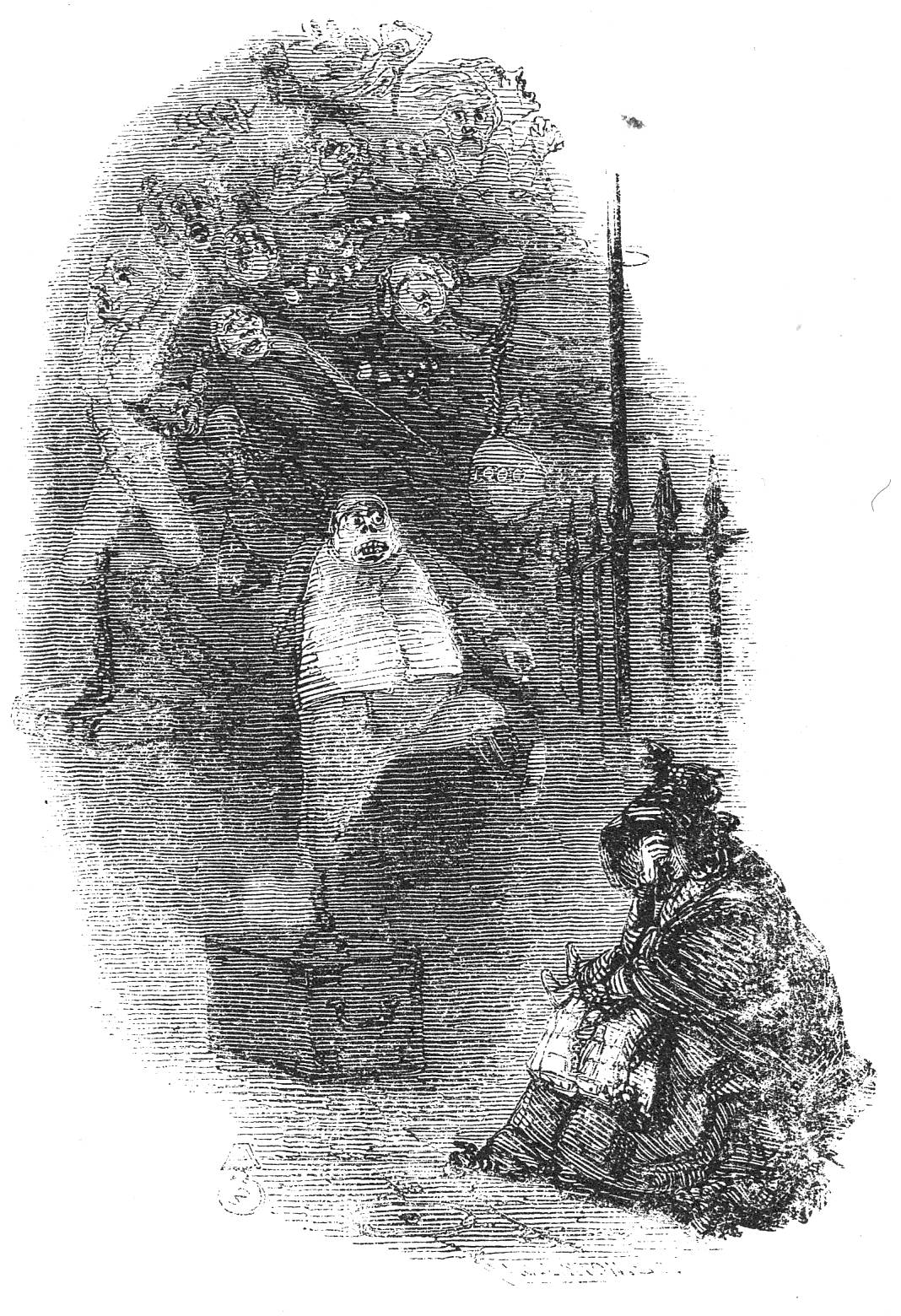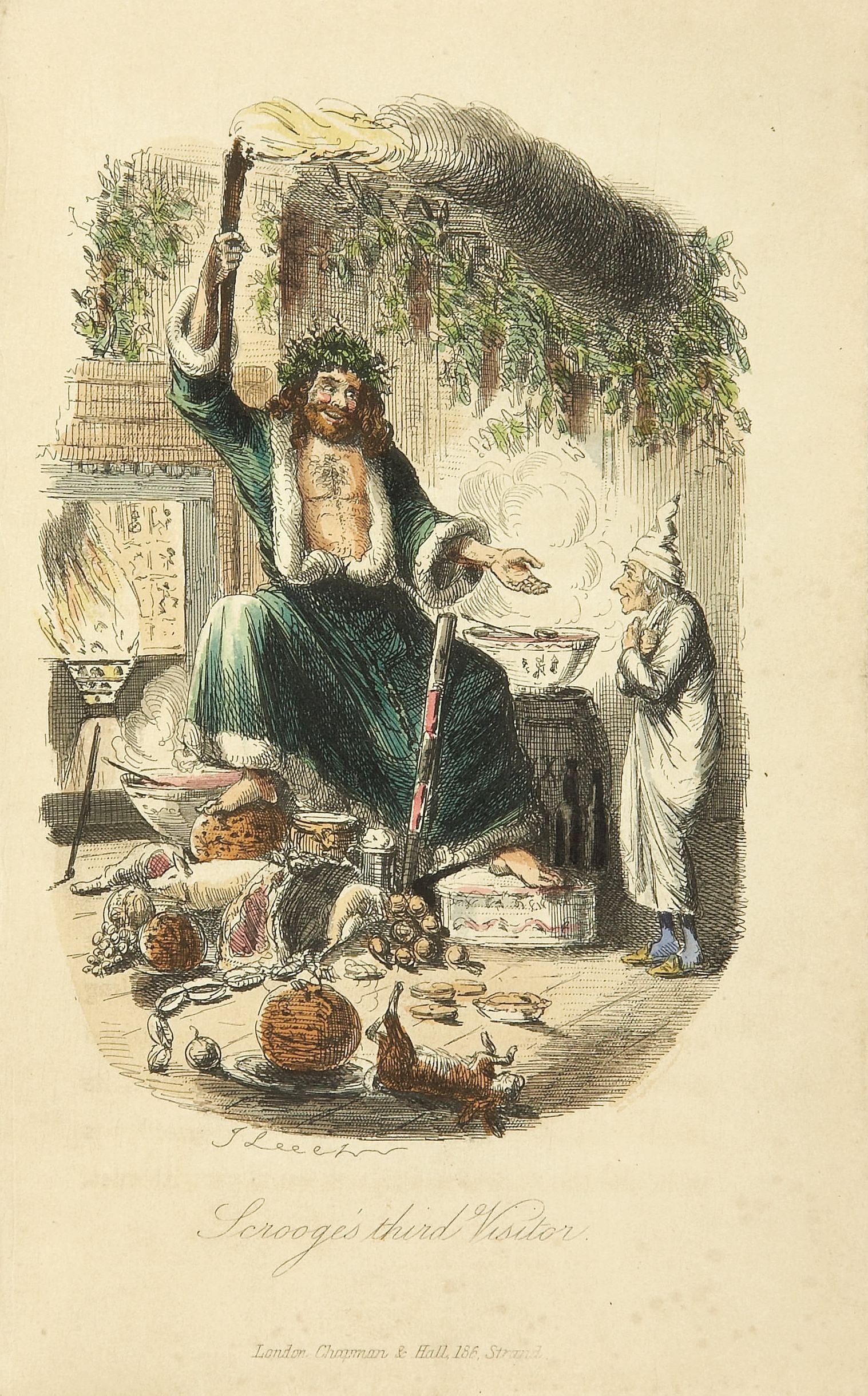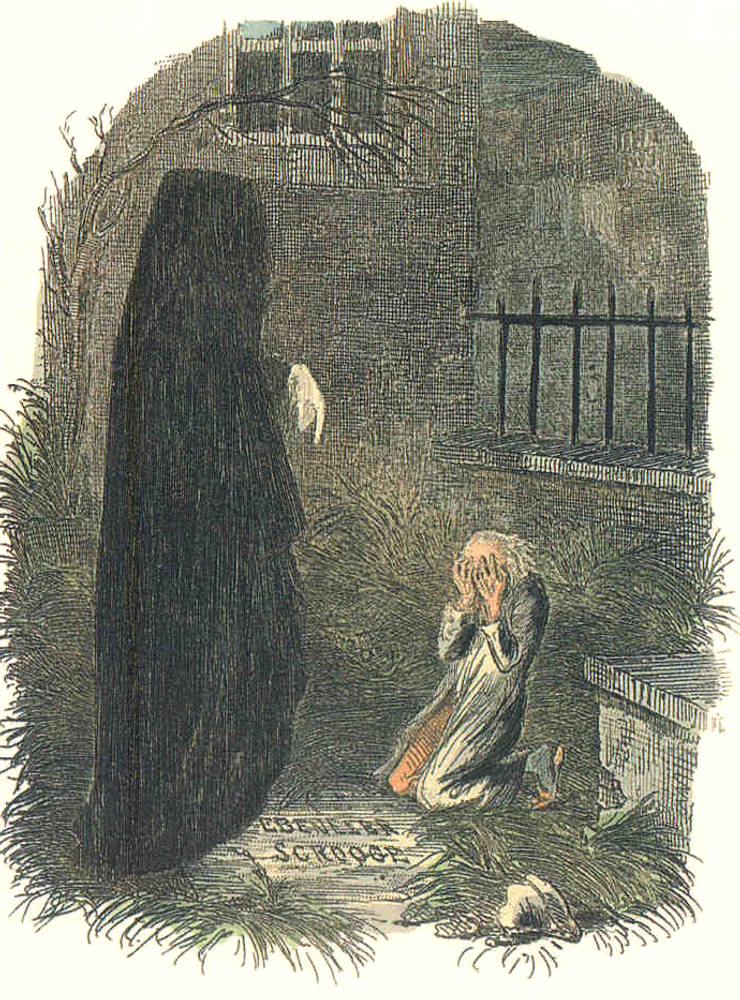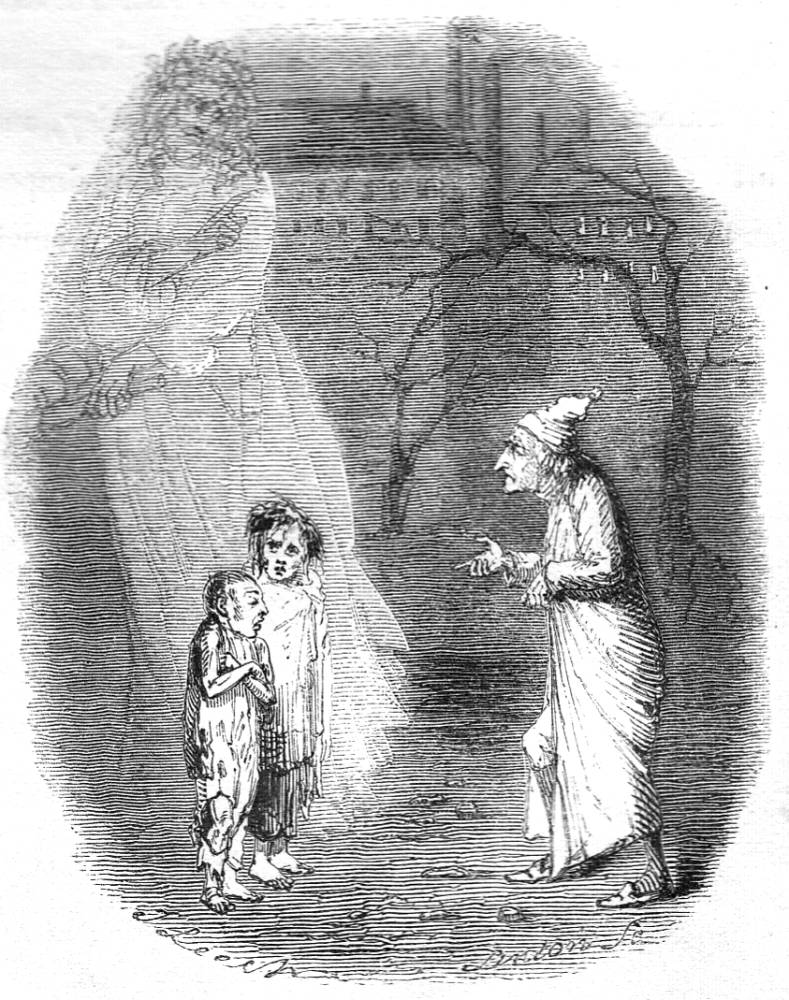Leonardo da Vinci’s unfinished, five century-old portrait of a Florentine silk merchant’s wife, Lisa del Giocondo (née Gherardini), is, quite possibly, the most famous painting in the world.
And its subject possesses the world’s most captivating smile, inspiring rhapsodies and parodies in seeming equal measure. (Its Italian title, La Gioconda, is a nod to the sitter’s married name, and depending on whom you ask, translates as “joyous,” “light hearted,” or “merry.”)
The Louvre, where the painting has resided since 1804 (following stints in Fontainebleau, the Grand Palace of Versailles, and Napoleon Bonaparte’s bedroom), reserves a special mailbox for paeans from Mona Lisa fans.
Ask a random person on the street how this comparatively dinky oil on wood came to be so universally celebrated, and they’ll logically conclude it’s got something to do with that smile.
Those with a background in visual art may also cite Renaissance innovations in painting technique — atmospheric perspective and sfumato, both of which Leonardo employed to memorable effect.
Those are good guesses, but the real reason for the Mona Lisa’s enduring global renown?
The public’s love of a good crime story.
As art historian Noah Charney, author of The Thefts of the Mona Lisa: On Stealing the World’s Most Famous Painting, recounts in the animated TED-Ed lesson above, La Giocanda owes her blockbuster reputation to a sticky-fingered Louvre employee named Vincenzo Peruggia.
In 1911, Peruggia, a painter whose day job involved building crates for works in the Louvre’s collection, hid in a cupboard for hours after closing, then escaped via a back door, the unframed canvas tucked beneath his arm.
The police papered the streets of Paris with the Mona Lisa’s likeness on missing flyers, and the press fanned interest in both the crime and the painting. Readers devoured updates that identified poet Guillaume Apollinaire and painter Pablo Picasso as suspects, and steamy theories regarding the nature of the relationship between Leonardo and the lady in the portrait.
As art critic Laura Cumming writes in The Guardian, “Millions of people who might not have seen it, might never even have heard of it, soon became experts on Leonardo’s stolen painting.”
For two years, its whereabouts remained unknown:
(Peruggia) kept her in a cupboard, then under a stove in the kitchen, and finally in (a) false-bottomed trunk. For a while, he rather cockily propped her postcard on the mantelpiece… But fairly soon he seems to have found her hard to look at, impossible to live with; there is evidence of repeated attempts to sell her.
The thief eventually arranged to repatriate the purloined painting to Italy, striking a deal with Florentine art dealer Alfred Geri, who summoned the police as soon as he verified the work’s authenticity.
The Mona Lisa was restored to the Louvre, where eager crowds clamored for a look at a newly minted household name they could all recognize by sight, as “newspapers took the story for a victory lap.”
Find a quiz and customizable lesson plan on the reasons behind the Mona Lisa’s fame here.
Hats off to animator Avi Ofer for his puckish suggestion that Leonardo might have taken some flattering liberties with Lisa del Giocondo’s appearance.
Related Content:
When Pablo Picasso and Guillaume Apollinaire Were Accused of Stealing the Mona Lisa (1911)
Leonardo Da Vinci’s To-Do List from 1490: The Plan of a Renaissance Man
Ayun Halliday is the Chief Primatologist of the East Village Inky zine and author, most recently, of Creative, Not Famous: The Small Potato Manifesto. Follow her @AyunHalliday.





